6 Types of Volcano Eruptions
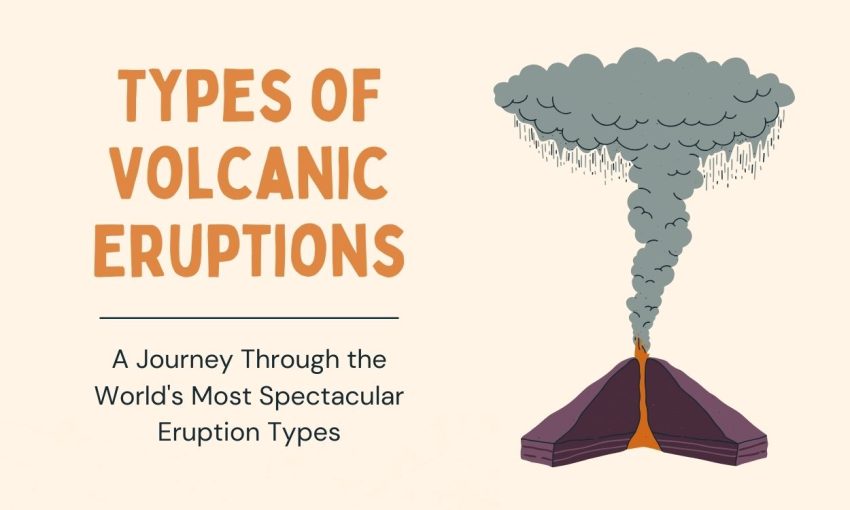
Types of Volcano Eruptions
Volcanoes are an explosive part of nature, showcasing Earth’s raw power. Interestingly, they don’t all erupt the same way. In this article, we’re going to explore six eruption types from volcanoes. Each type has its unique characteristics and impact.
1. Plinian Eruptions
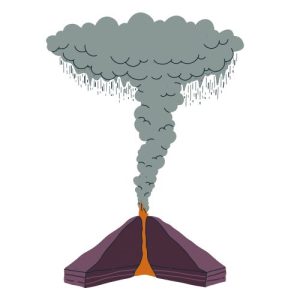
Plinian eruptions are named after Pliny the Younger, who described the eruption of Mount Vesuvius in 79 AD. They are known for their explosive power and towering ash columns.
These eruptions can eject ash and debris like a mushroom cloud high into the atmosphere. This ash can travel long distances, affecting global climate.
Plinian eruptions often produce pyroclastic flows and lahar. These are fast-moving currents of hot gas and volcanic matter. They are among the most dangerous and destructive types of volcanic eruptions.
2. Pelean Eruptions
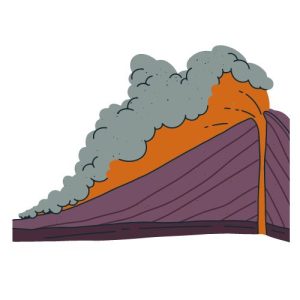
Pelean eruptions get their name from the devastating 1902 eruption of Mount Pelée on the island of Martinique. They have highly explosive activity are are typically stratovolcanoes.
These eruptions produce pyroclastic flows, which can move at hundreds of kilometers per hour. The flows contain a mixture of gases, ash, and volcanic debris.
Pelean eruptions often create a volcanic dome of lava near the summit. They are known for their sudden and devastating impact on nearby areas.
3. Strombolian Eruptions
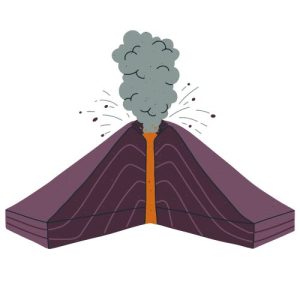
Strombolian eruptions come from Stromboli, an Italian volcano known for this eruption style. They are moderate in intensity and are famous for their fountains of lava.
The eruptions are relatively frequent but not usually very destructive. They produce loud, cannon-like explosions. Strombolian eruptions eject incandescent cinders, lapilli, and lava bombs.
A Strombolian eruption is caused by the buildup of gas pressure in magma. The magma contains bubbles of volcanic gases, which propel blobs of magma into the air.
READ MORE: 10 Little-Known Facts About Volcanoes
4. Hawaiian Eruptions

Hawaiian eruptions are named after the Hawaiian volcanoes where they are commonly observed. These eruptions are less violent than the other eruption types.
They produce flowing, fluid lava that can travel far. The eruptions often create spectacular lava fountains. They release large amounts of lava but with less explosive force.
Hawaiian eruptions shape the beautiful landscapes of the Hawaiian Islands. Typically, lava flows out of the volcano and spreads over a large area, forming shield volcanoes.
5. Vulcanian Eruptions

Vulcanian eruptions derive their name from Vulcano Island in Italy. These eruptions, although brief, are incredibly powerful. They eject ash, gas, and volcanic bombs into the atmosphere.
The main cause of Vulcanian eruptions is the fragmentation of thick, highly viscous magma within the volcano. This process leads to the formation of dense, dark columns of ash-laden air.
Because of the sudden and explosive nature of Vulcanian eruptions, they can be particularly dangerous. This is especially true when considering the critical parts of a volcano such as the magma chamber, vent, and crater.
6. Icelandic Eruptions
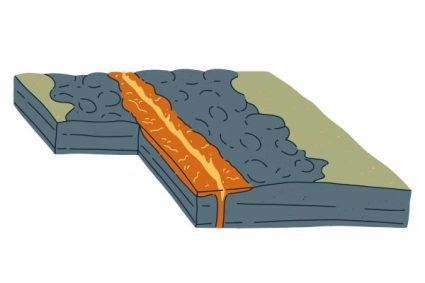
Icelandic eruptions, commonly seen in Iceland, are unique in their style. Known for their non-explosive nature, they flow calmly and extensively.
This type of eruption shapes the low, gently sloping shield volcanoes. The lava can spread over vast areas, forming extensive lava fields.
This type of eruption involves the flow of basaltic lava in large volumes. Such eruptions play a major role in sculpting the distinct landscapes of Iceland.
Types of Volcano Eruptions
Volcanoes are truly nature’s marvels with various types of volcanoes. From the explosive power of Plinian eruptions to the calm flow of Icelandic eruptions, the diversity in eruption types is astounding.
Understanding the eruption types from volcanoes helps us appreciate the complexity and beauty of our planet. It also highlights the importance of studying volcanoes for both safety and learning inside Earth.
READ MORE: Volcano Eruption Classification (National Park Service)

Paleozoic Era: Diversification of Life (540 to 252 million years ago)
Earth Tomography: How Seismic Waves Travel Inside Earth
The History of Oxygen in Earth’s Atmosphere
7 Major Tectonic Plates: The World’s Largest Plate Tectonics
Chemical Weathering: Hydrolysis, Oxidation and Acidic Reactions
Mass Extinctions: The 5 Biggest Dying Events in History
How the Rock Cycle Recycles Earth’s Crust
Divergent Plate Tectonics: Boundaries that Pull Apart
What is Radioactive Decay Inside Earth?
Hadean Eon: The Formation of Earth (4.6 to 4.0 billion years ago)
How Do Sedimentary Rocks Form?
5 Soil Formation Factors: How Rocks Weather into Dirt
5 Sources of Alternative Energy
Mass Wasting: Weathering, Erosion and Transport